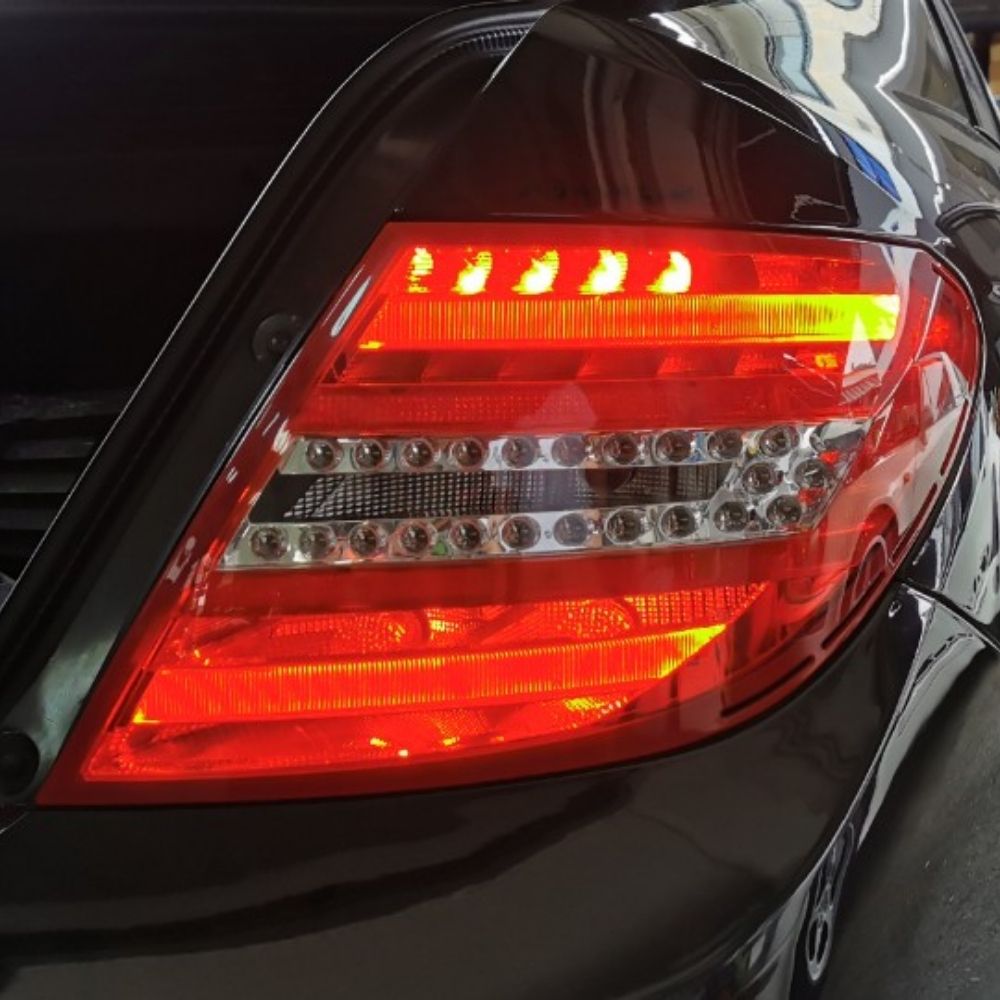
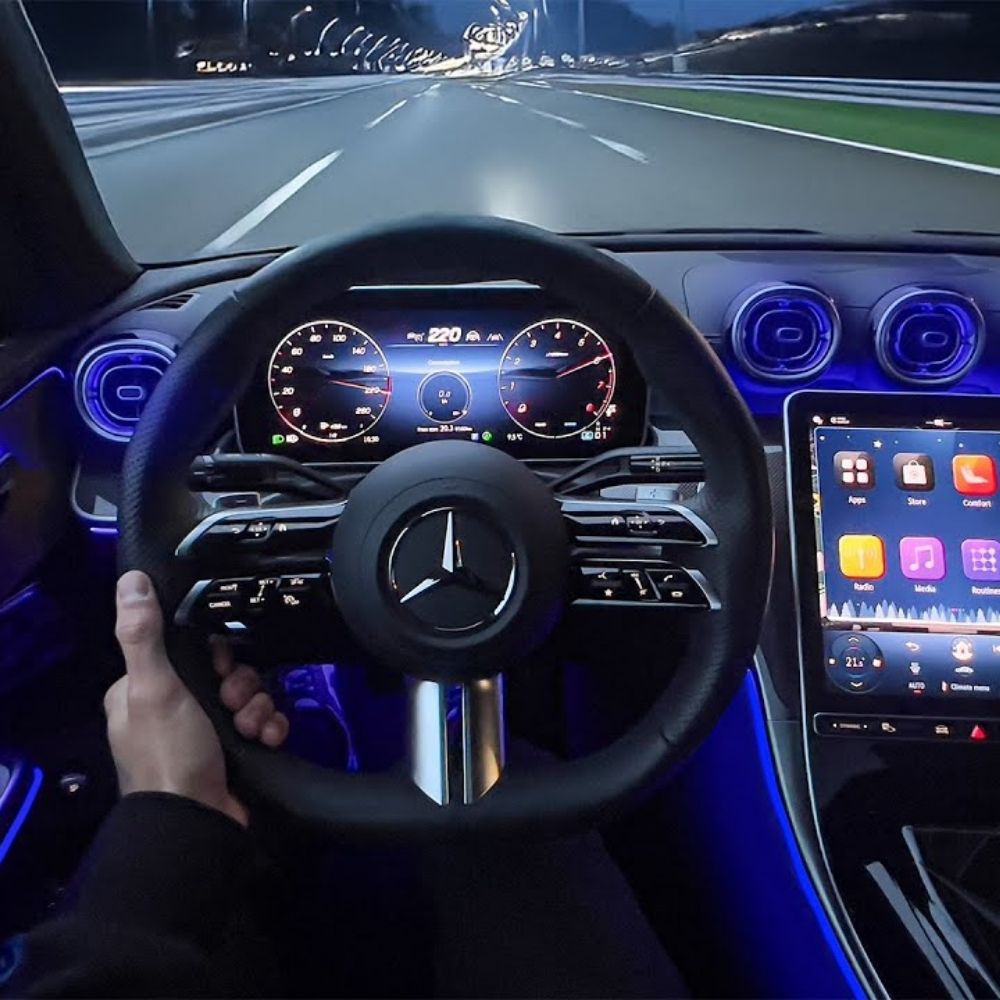
The Mercedes pedal characteristic curve coding, also known in German as “Pedalkennlinie (characteristic curve)”, allows drivers and technicians to adjust how the vehicle responds to accelerator input. This feature defines the relationship between the pedal position and engine throttle response, directly influencing driving dynamics and performance.
By modifying the pedal characteristic curve using DTS Monaco, you can fine-tune the acceleration sensitivity—making the car respond faster or smoother depending on your preference. This guide from AutoExplain will walk you through everything you need to know about this function, its benefits, and how to code it safely and effectively on Mercedes-Benz ECUs.
Table of Contents
ToggleIn Mercedes-Benz vehicles, the Pedal Characteristic Curve, or Pedalkennlinie, defines the relationship between how far the accelerator pedal is pressed and how quickly the engine responds. It determines the throttle response curve — essentially, how “sensitive” or “progressive” your acceleration feels.
There are typically several pedal characteristic profiles in Mercedes vehicles, such as:
By performing Mercedes pedal characteristic curve coding, you can manually select or modify these profiles through software such as DTS Monaco. This customization gives drivers more control over performance behavior—whether you want faster engine response for sportier driving or smoother control for city traffic.
Adjusting or coding the Mercedes pedal characteristic curve (Pedalkennlinie) brings noticeable improvements to how your vehicle responds to driver input. By fine-tuning the curve through DTS Monaco, you can personalize throttle response and overall driving dynamics.
Here are some key benefits:
By mastering Mercedes pedal characteristic curve coding, you unlock the potential to tailor your vehicle’s performance for both efficiency and excitement.
To successfully perform Mercedes pedal characteristic curve coding (Pedalkennlinie), you’ll need the right diagnostic tools and software. The process requires professional-level access to the vehicle’s ECU, such as CR43 or MED177, which manage engine response and throttle behavior.
Notes Before Coding:
Tip: If you don’t yet have the right diagnostic tools or DTS Monaco setup, you can contact AutoExplain via WhatsApp: +1(936)2896695 for professional consultation. Our team can help you select the compatible device and software for your Mercedes model to perform pedal characteristic curve coding safely and effectively.
Tuning the Pedal Characteristic Curve (Pedalkennlinie) allows you to enhance your Mercedes’ throttle response — making acceleration feel sharper and more immediate. Below is a step-by-step guide to perform this coding safely and effectively using DTS Monaco.
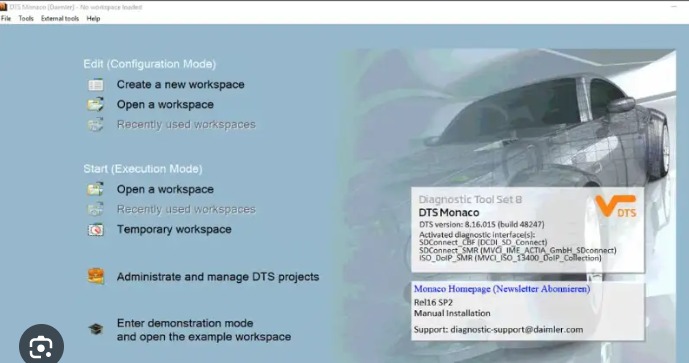

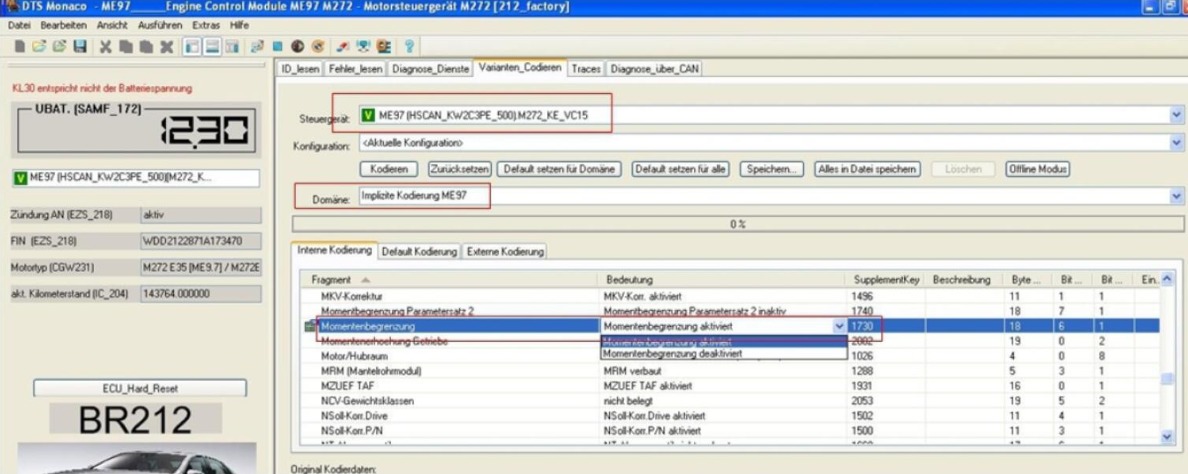
This configuration applies a sportier throttle map, improving how quickly the engine reacts to pedal input.
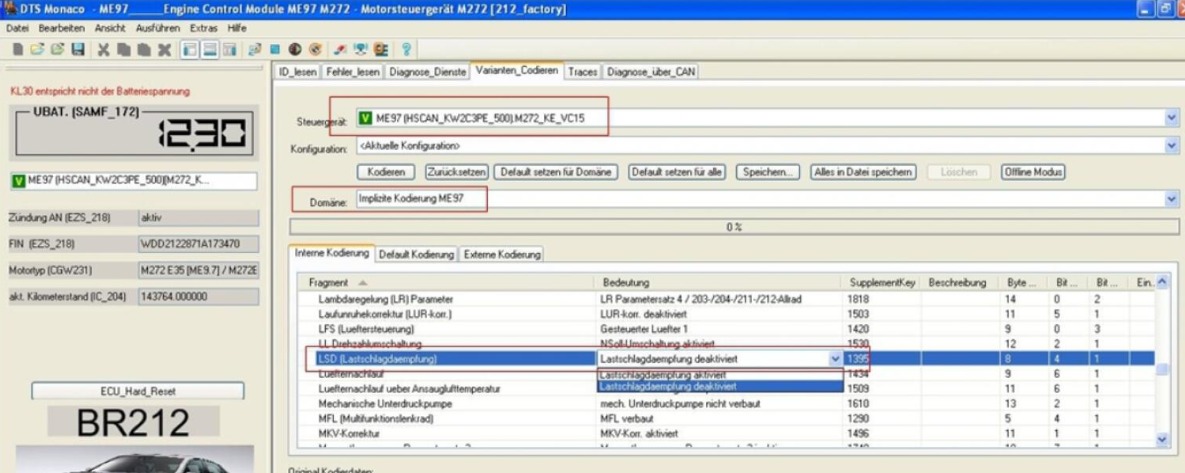
Testing & Verification
After completing the coding steps for Mercedes Pedal Characteristic Curve (Pedalkennlinie) using DTS Monaco, it’s essential to verify that the new configuration works as intended.
Note: If you are new to DTS Monaco or vehicle ECU coding, it’s best to get professional guidance. At AutoExplain, our certified technicians have years of experience with Mercedes ECU programming. We also provide a Car Repair Online Service to help you apply functions like Pedalkennlinie tuning safely and correctly. Contact us via WhatsApp +1 (936) 289 6695 for one-on-one support or remote assistance.
Even though Mercedes Pedal Characteristic Curve coding (Pedalkennlinie) using DTS Monaco is generally straightforward, certain issues can occur if parameters or ECU versions differ. Here are some of the most common problems and how to resolve them:
| Issue | Possible Cause | Solution |
|---|---|---|
| Throttle response remains unchanged after coding | Incorrect Pedalkennlinie profile selected | Reopen Variant Coding and ensure the value is set to KLD 4: 171.204 oh FX C207 463 NAG1 4×4 od NG2 |
| Engine warning light or DTC appears | Incompatible ECU or invalid coding parameter | Verify your ECU version (CR43, MED177, or MED40) supports Pedalkennlinie modification. If not, revert to the default setting |
| DTS Monaco fails to save the configuration | Security access not granted or session expired | Reconnect to the ECU, re-enter the seed-key access (if required), and repeat the coding process |
| Pedal becomes too sensitive or unstable | The curve profile is too aggressive for the engine setup | Try switching to a milder KLD profile, such as KLD 3 or KLD 2, and test responsiveness again |
| Software error or communication timeout | Connection instability between interface and ECU | Check the OBD2 cable and ensure stable CAN communication before reapplying the code |
At AutoExplain, we specialize in helping technicians and enthusiasts master advanced Mercedes coding functions like Pedal Characteristic Curve (Pedalkennlinie) adjustment using DTS Monaco.
If you want to perform this coding but lack the necessary tools, experience, or confidence, we offer two convenient solutions:
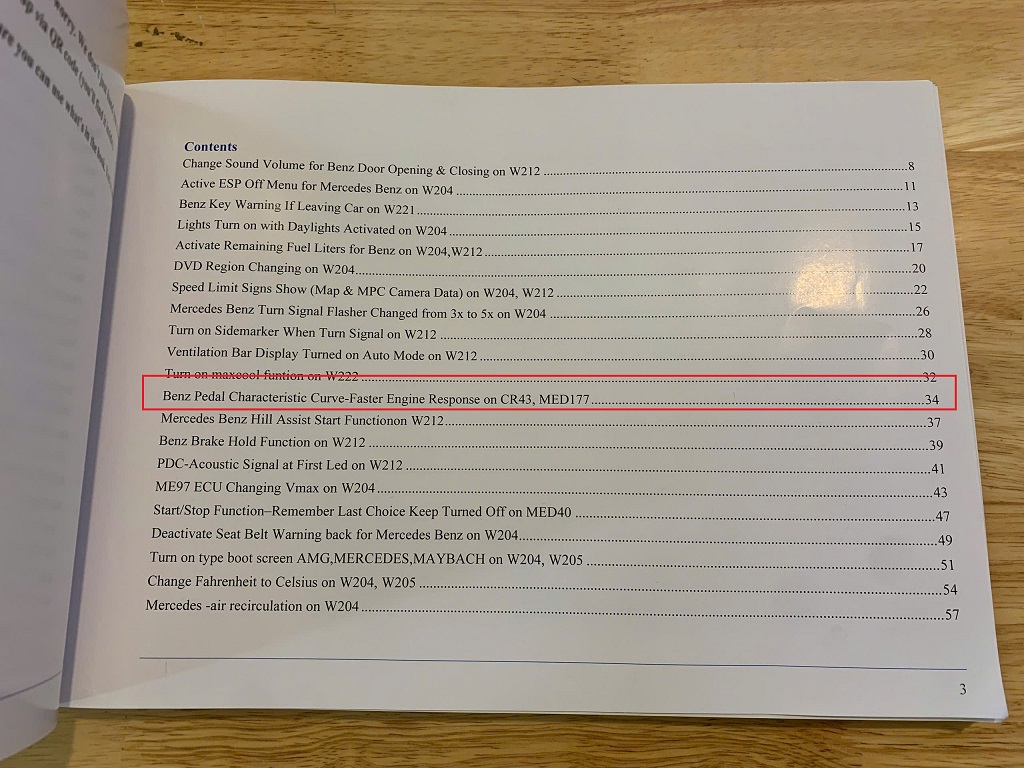
See details about the book at: DTS Monaco Advanced: Vol.2-Unlock 100 Hidden Features on Mercedes Benz
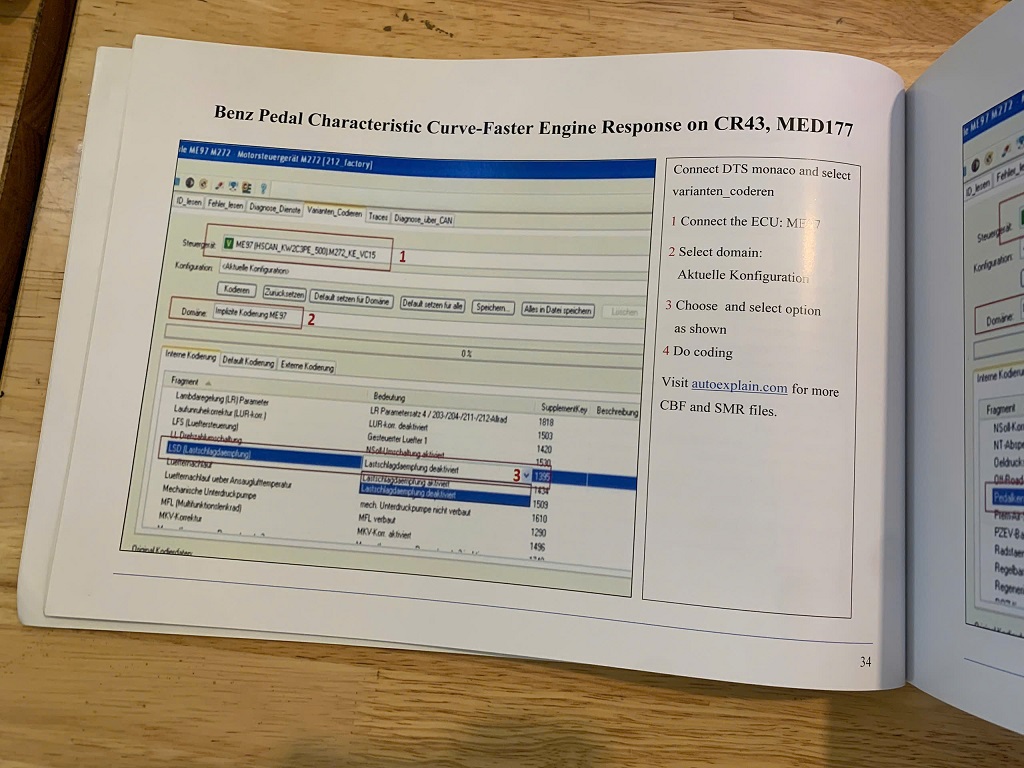
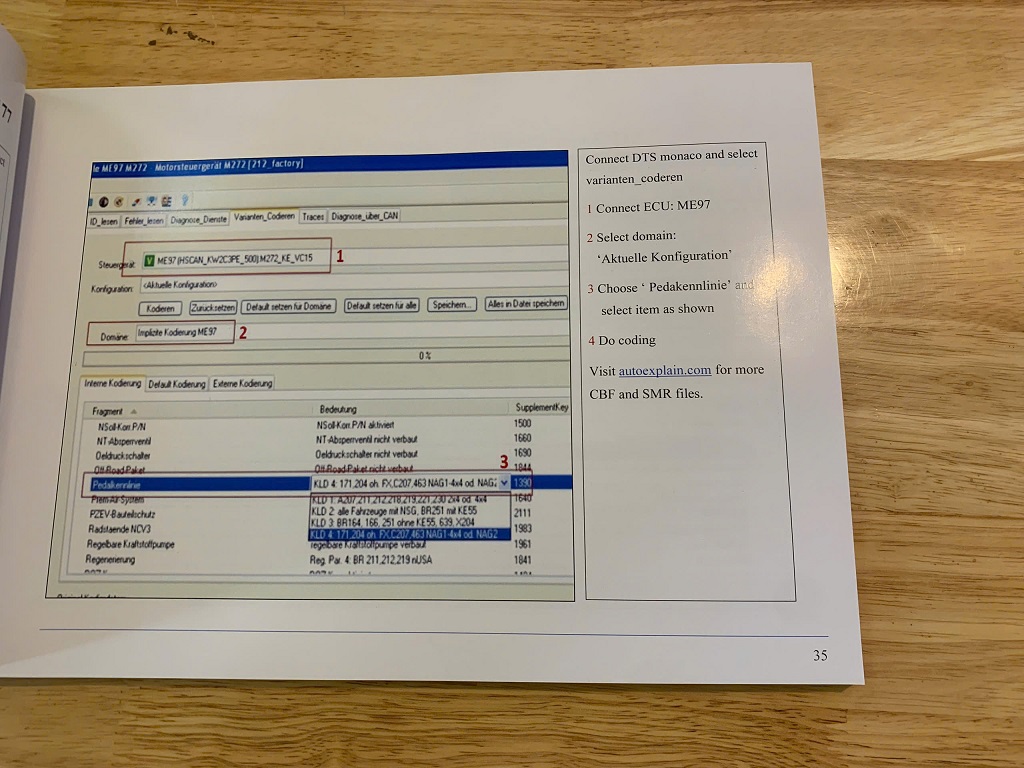
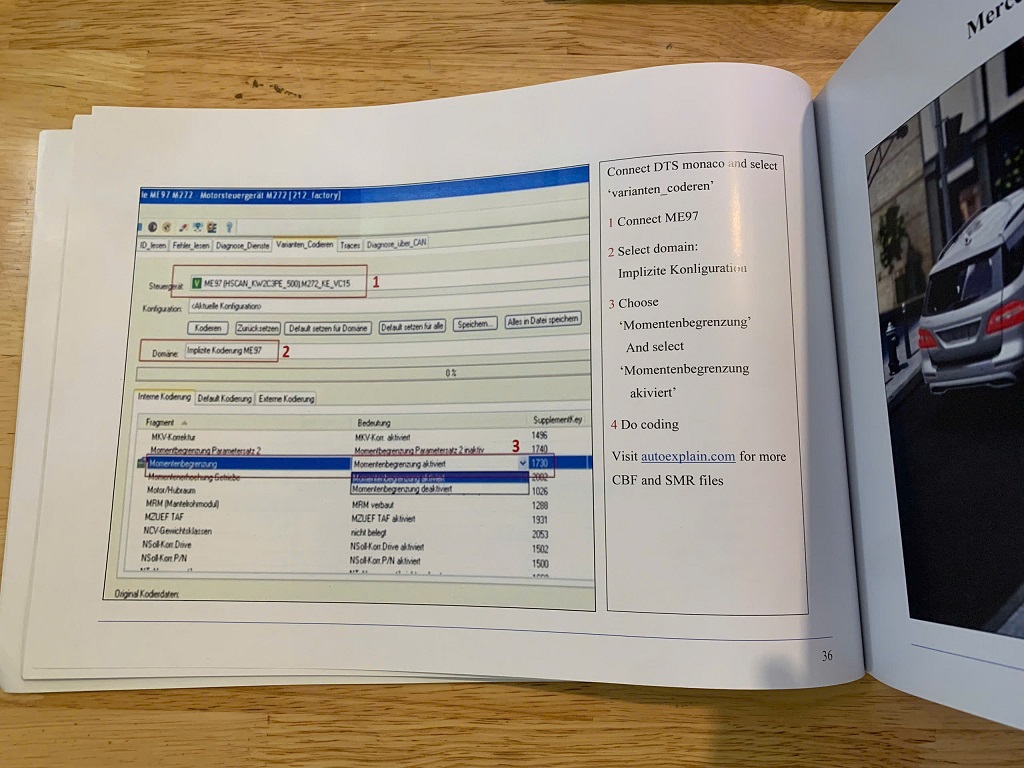
Whether you’re looking to enhance throttle response or learn the logic behind DTS Monaco, AutoExplain provides both guidance and practical support to help you achieve professional results.
Contact us on WhatsApp +1 (936) 289 6695 for personalized advice, remote assistance, or to get your copy of the guidebook today.
The Mercedes Pedal Characteristic Curve Coding (Pedalkennlinie) allows drivers to unlock a more dynamic and responsive driving experience by adjusting the throttle sensitivity through DTS Monaco. This modification fine-tunes the way your Mercedes reacts to accelerator input—resulting in faster engine response, smoother acceleration, and a sportier driving feel without replacing any hardware.
By optimizing this function, you can enhance both comfort and control, achieving a truly personalized driving experience. However, since the process involves detailed ECU variant coding, it’s crucial to use compatible tools and follow proper coding steps to avoid system errors or instability.
If you’re not confident in performing the coding yourself, AutoExplain offers remote coding support and expert consultation services. Contact AutoExplain via WhatsApp +1 (936) 289-6695 for personalized support, remote coding assistance, or learning guidance from our certified Mercedes technicians.

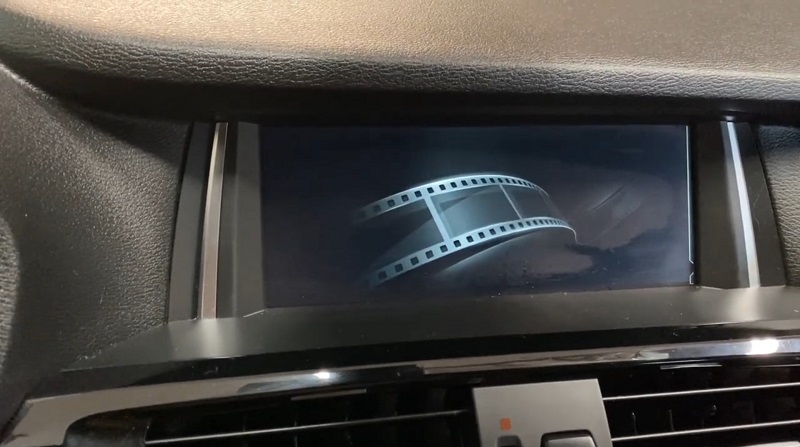
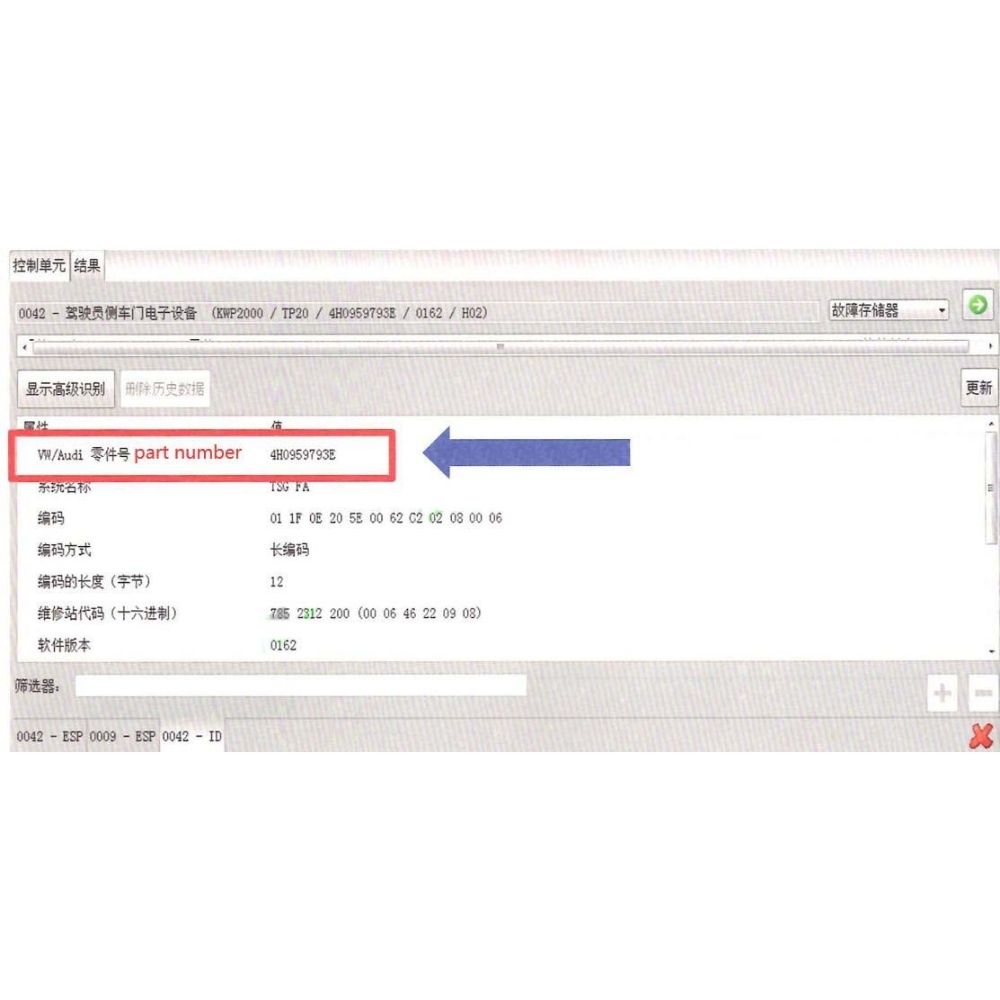
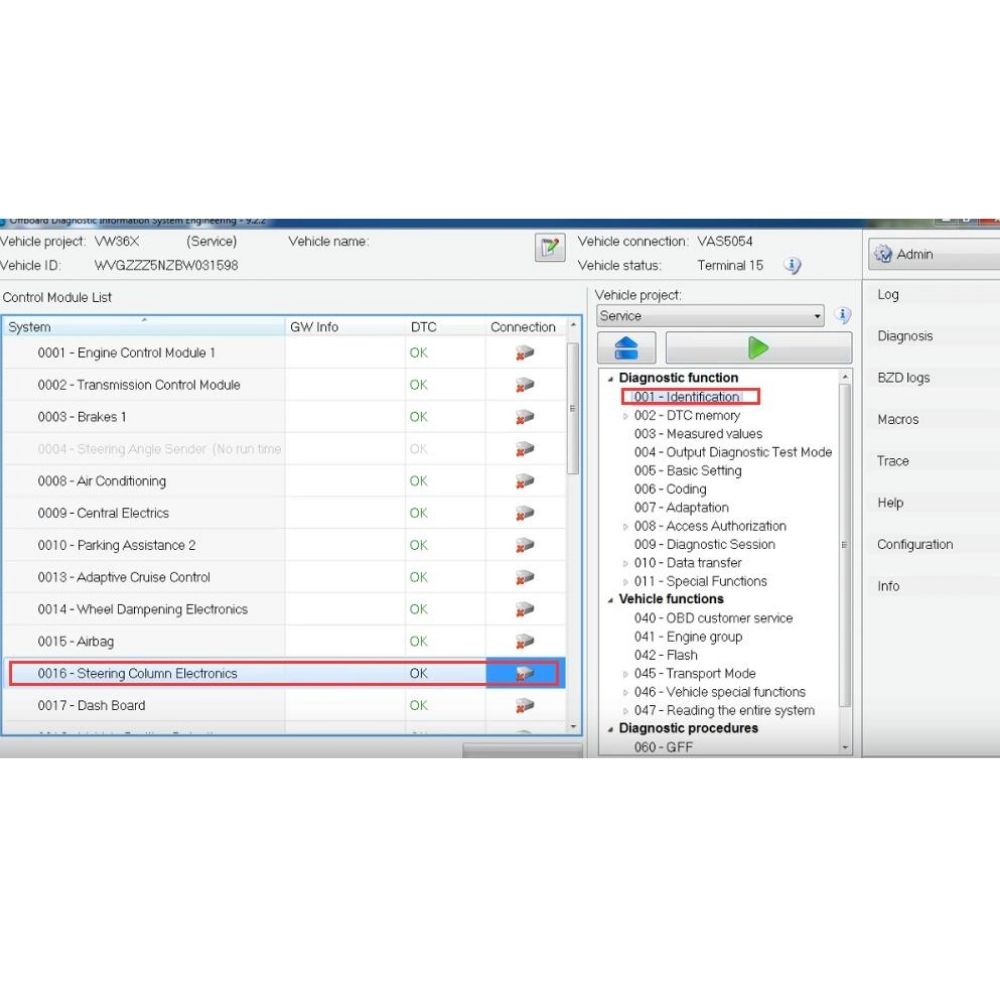

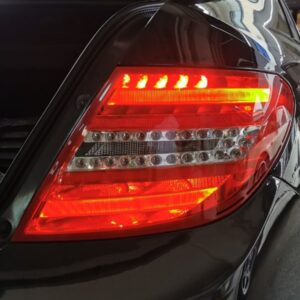
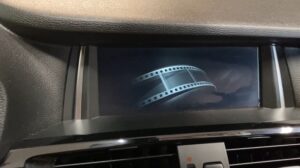
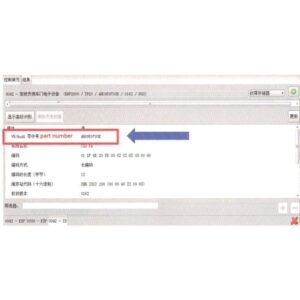
At AutoExplain, we provide automotive online repair service, auto repair tips, car repair manuals & document & training course to help mechanics of all experience levels—fix vehicles efficiently
AUTO EXPLAIN LLC
Employer Identification Number (EIN):
38-4349958
Whatsapp Us: +1(936)2896695
Gmail: [email protected]
Our Workshop: 1500 N Grant ST Sten Denver, Colorado, United States
Copyright 2025 © AutoExplain